Ring Shear Apparatus
- Controls - Bromhead
- Microprocessor controlled drive system
- Speed range adjustable from 0.001 to 180°/min
- Rapid approach without any limit of rotation
The Torshear machine is dedicated to the determination of the residual shear strength.
The residual shear strength of soils is sometimes also termed the ultimate shear strength. This is the strength of soil when it is sheared to large displacements, for example along the failure plane of a landslide or in a fault zone. A remoulded specimen is used to determine the residual shear properties of the soil. A slip surface is formed in the test specimen as part of the test procedure. It can also be useful to know what sort of value the residual shear strength of an intact soil can have, because this (when taken in conjunction with the peak shear strength of the same soil) indicates its brittleness or susceptibility to progressive failure. Soils with high brittleness need to be used with caution in engineering works such as embankments (or treated with caution if they cannot be removed, for example in a natural slope). In the unfortunate event of a slope failure occurring, the general scale of displacement will depend on the magnitude of the brittness.
The TORSHEAR apparatus tests the residual shear strength of remoulded soil samples.
The main advantage of this method compared to direct shear test consists in the continuous shear with a constant area during all the test long. This method allows us to recreate in the laboratory exactly the the field conditions, giving very accurate residual shear strength values. The sample is loaded vertically between two porous stones by means of a counter balance 10:1 ratio lever loading system. A rotation is imparted to the base plate and lower platen by means of a variable speed motor. The settlement of the upper platen during consolidation or shear can be monitored by means of a sensitive dial gauge or linear transducer bearing on the top of the load hanger. Torque transmitted to the sample is reacted by a pair of matched load measuring rings or load cells. Linear transducer and strain gauge load cells can be connected to the 30-WF6016 GEODATALOG for data acquisition and processing. See accessories. Using the waterproof membrane keyboard and the LCD display with 4 rows and 20 characters, it is possible to set the speed in deg/min, using also the fast approach for sample positioning. The test can be stopped using the keyboard or setting a limit of rotation or time. This apparatus is known as Bromhead Apparatus. Dr. Bromhead of Kingston University designed the Ring shear apparatus to overcome certain disadvantages of a conventional shearbox. Dial gauge or linear transducers, load ring or cells and weights are not included and have to be ordered separately. See accessories.
Main Features:
- Microprocessor controlled drive system
- Speed range adjustable from 0.001 to 180°/min
- Rapid approach without any limit of rotation
- Serial port RS 232 for PC remote control
- Two measurement options: mechanical with load rings and dial gauge, and electronic with Data acquisition, with load cells, displacement transducer and Geodatalog Data acquisition system
| Speed range | 0.001 to 180°/min |
| Maximum shear stress | 500 kPa |
| Maximum vertical stress | 1000kPa (lever ratio 10:1) |
| Specimen dimensions | 40 cm2 (internal dia. 70 mm, external dia. 100 mm, thickness 5 mm) |
| Power rating | 570 W |
| Overall dimensions (lxdxh) | 770x400x750 mm (excluding lever) |
| Weight approx. | 72,5 kg |
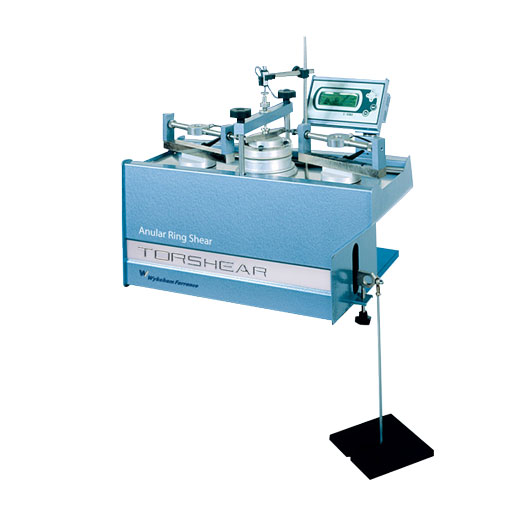
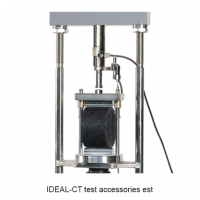
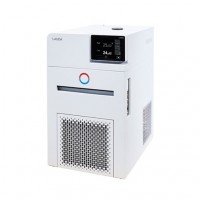
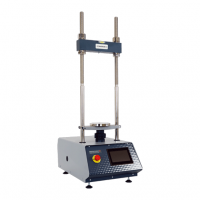

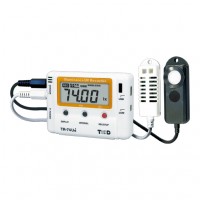
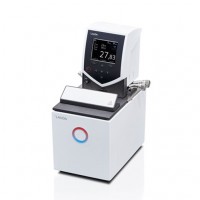

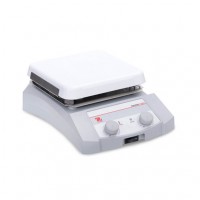


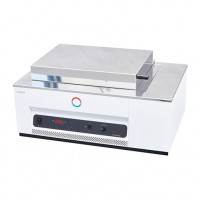
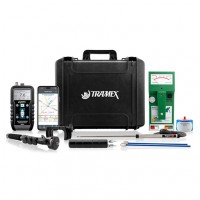
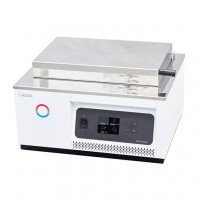
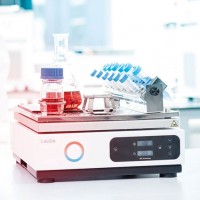
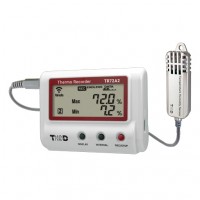
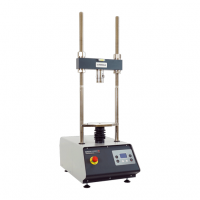
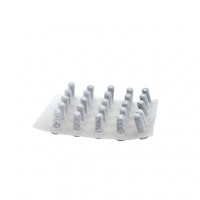
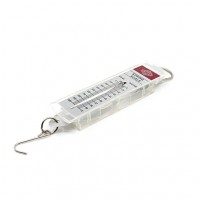

Do you have a question?
min 10 ch